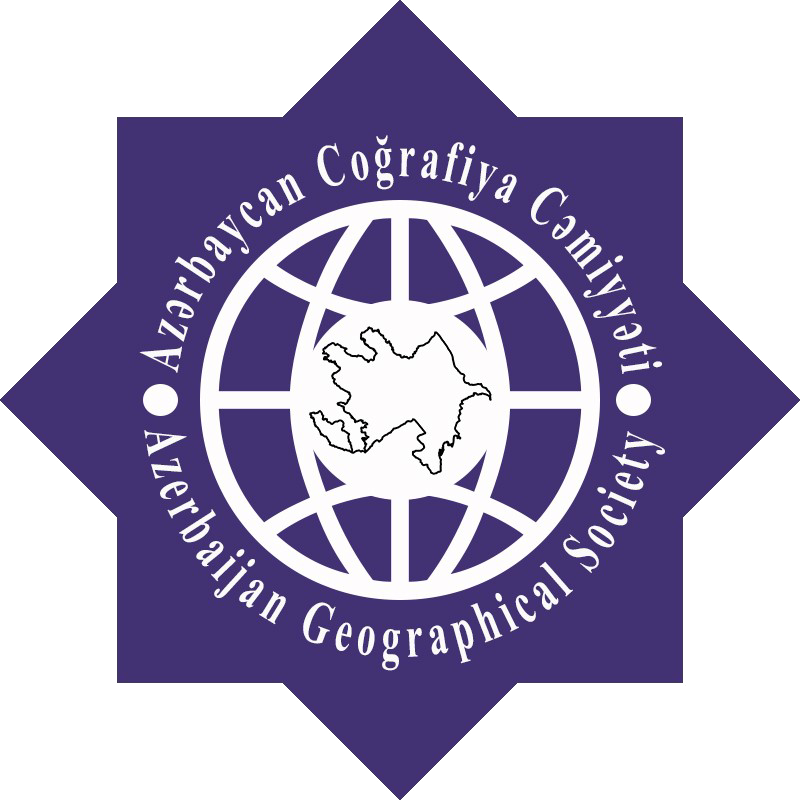THE MAIN TENDENCIES OF THE DEMOGRAPHIC DEVELOPMENT IN EUROPE AND THE ROLE OF MIGRATIONS IN THIS PROCESS
I.B.Mammadov
Abstract. Natural growth and migrations are the factors that determine the change in population numbers. Birth and natural growth rates depend on the level of socio-economic development of a country. A low level of natural growth leads to problems associated with a lack of enough number of labor resources in the Western Europe with a high level of socio-economic development. Therefore, migrants from the Middle East, CIS countries and Eastern Europe are accepted to solve the problem. Economic difficulties in post-socialist countries and the joining of many countries into the EU has increased the migration. The natural growth balance is negative because of low birth. In recent years, the number of people has been decreased in these countries. Meantime, the social-political tension, war condition has caused the influx of numerous migrants from Near and Middle East, and from North Africa to Europe.
Keywords: migration, demographic development, natural growth, international migration, migration balance, population policy, immigration centers
REFERENCES
- Алисов Н.В., Б.С. Хорев. Экономическая и социальная география мира (Общий обзор). Москва: 2003, 704 с.
- Беларусь и страны мира. Статистический сборник. Минск, 2018. 389 с.
- Беларусь и страны мира. Статистический сборник. Минск, 2018. 393 с.
- Бутов В.И. Демография. Москва-Ростов-на-Дону: МарТ, 2003, 592 с.
- Валентей Д.И., Кваша А.Я. Основы демографии. М.: Мысль, 1989, 286 с.
- География, общество, окружающая среда. В VII т. Т V. География социально-экономического развития / Под редакцией проф. А.И. Алексеева и проф. Н.С. Мироненко. М.: Издательский дом «Городец», 2004, с. 301-478.
- Зверева Н.В., Елизаров В.В., Веселькова И.Н. Основы демографии. Москва.: Высшая школа, 2004, 374 с.
- Максаковский В.П. Географическая картина мира: В 3-х т. Т. I, Ярославль: Верхнее-Волжское изд-во, 1995, 320 с.
- Максаковский В.П. Географическая картина мира: В 3-х т. Т. II, Ярославль: Верхнее-Волжское изд-во, 1995, 560 с.
- Озерова Г.Н., Покшищевский В.В. География мирового процесса урбанизации. М.: Просвещение, 1981, 190 с.
- Родионова И. А. Экономическая и социальная география мира. В 2 т. Т. 1. М., Издательство “Юрайт”, 2015, 431 с.
- Симагин Ю.А. Территориальная организация населения. Москва: 2004, 244 с.
- Хасбулатов Р.И. Мировая экономика: В 2-х т. Т. I, М.: Экономика, 2001, 598 c.
- Хасбулатов Р.И. Мировая экономика: В 2-х т. Т. II, М.: Экономика, 2001, 674 c.
- Statistisches Bundesamt, Statistisches Jahrbuch 2016.
- 2011 Census, Population and Household Estimates for the United Kingdom: Release
- Eurostat (2000), European Social Statistics: Migration. Luxembourg.
- Eurostat (2001), European Social Statistics. Demography. Luxembourg.
- McCallum C. Globalization, Developments and Trends in the New International Division of Labour. Paper Number 19–99. Research Papers in International Business, 2006.
- Jürgen K. Work as a Problem in European History. An Introduction // International Economic History Congress. Helsinki. 2006. 21–25. August. Session 115.
- United Nations, Department of Economic and Social Affairs, Population Division (2015).
- European Employment Observatory Review: Spring 2007. European Communities 2007.
- Global Employment Trends 2008 / ILO, 2008.
- Официальный сайт Европейского Союза. European Commission. Employment, Social Affairs and Equal Opportunities / www.eu.int
- Официальный сайт Евростата / http://epp.eurostat.ec.europa.eu/
